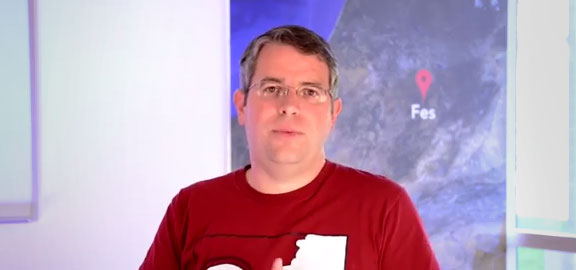Are you paying enough attention to the title tags on your pages and posts? It’s one practice that Sydney SEO specialists recommend.
One of the best things you can do to optimise your site for the SERPs is to create a powerful title tag. Ideally, this text will show up in the search results and catch a searcher’s eye.
However, you may have found that Google has chosen some other text to display in the search results. Google head of web spam Matt Cutts explained why this could happen in a recent video.
Relevance is the Key
Cutts related that ideally, your title should encapsulate the theme of the page as well as be relevant to the query.
So if your own title is not being used, it’s because Google feels it doesn’t match what the user is looking for. It suggests a schism between what you and Google think your page is about.
In such cases, Google may choose to replace your tag with some content drawn from your page, anchor text from links pointing to it, or from the Open Directory Project. “Once we know the user’s query, we can often find alternative text from a page that better explains why that result is relevant,” Cutts explained.
He summed up by saying the goal was that the user should know what he’s going to get when he clicks on the link.
Time for a Makeover?
If your title tag is not showing up in the SERPs, you should rework it until it better reflects your page content and what you anticipate a searcher looking for. Sydney SEO specialists can advise you on this procedure.
You may also want to look at your tags following Google’s recent makeover of its search results layout. Increasing the font size from 16 to 18 pixels left less room available for displaying title tags.
So should you makeover your tags in the wake of the change? You might want to check your clickthrough rates following the week of March 10 when the makeover occurred.
If your numbers are down, you might want to consider revamping your title tags. In any event, if you haven’t changed your content for a long time, you might want to consider an overhaul. Google does appreciate freshness.
Elements of Style for Title Tags
- Keep the width of your tag to less than 512 pixels. This generally represents 55 to 60 characters. You can make it longer but Google will cut off the excess and insert an ellipsis mark.
- Include your main keyphrase and place it as early as possible. Avoid keyword stuffing.
- Be sure to create unique titles for each page on your site.
- Make your title tag a coherent sentence and try to have it encapsulate the essence of the page.
Creating valid title tags means you have a clear understanding of what your page is about and what your prospects are looking for. This takes work but the payoff commensurate. Ask your Sydney SEO specialists for the best way to proceed.

















